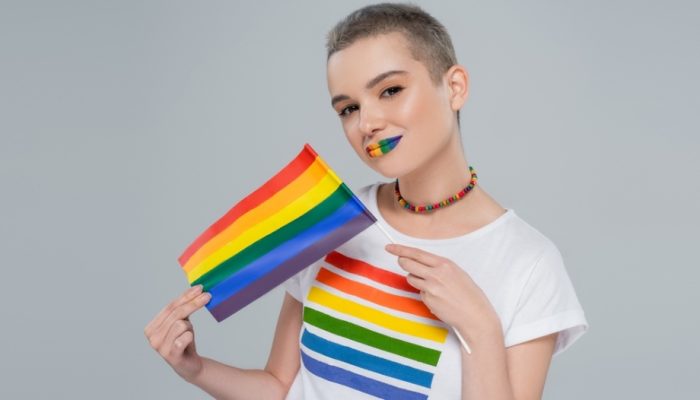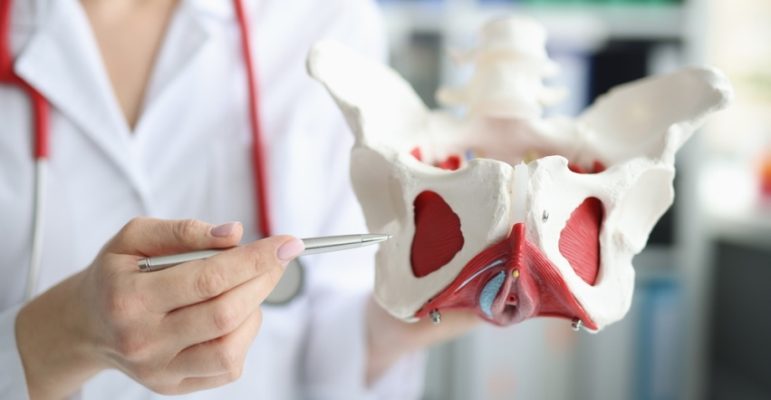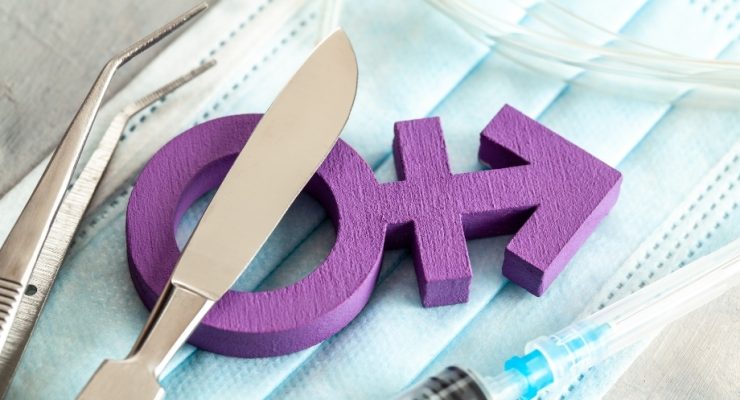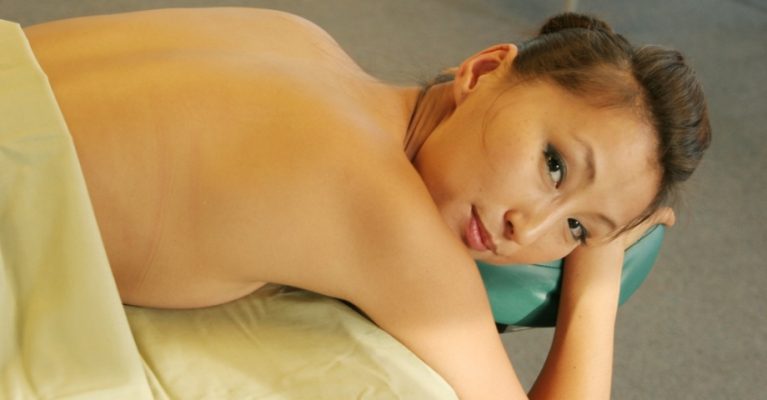
The LGBTQ+ realm is very broad and diverse, and sometimes overwhelmingly complex. In fact, the more one dives into the characteristics of the community the more one starts to understand that the term LGBTQ+ stands for an extraordinarily multifaceted world.

Personally, I found that to get a hold on what it’s all about, certain key notions need to be understood well. From there on, things become more comprehensible, more transparent and clear.
I think it’s great to start with the idea of sexual diversity, a notion that includes the key elements that allow us to come to a more accurate understanding and appreciation of the LGBTQ+ community.
Sexual diversity then would refer to the combined diversities, intermediaries, and spectrums of sex characteristics, sexual orientations and gender identities, with in addition a variety of expressions and/or innate human traits which are called feminine or masculine.
So, let’s take a look at the various elements that make up sexual diversity:
Sex Characteristics
Sex characteristics (also called sexual characteristics) are the physical, biological traits of a human being, which include both primary sex characteristics and secondary sex characteristics.

The primary sex characteristics are typically defined as the reproductive organs or sex organs a person is born with, which include the testicles, scrotum, epididymides, prostate gland, and penis in those who are called “males,” and the clitoris, ovaries, fallopian tubes, cervix, and vagina in those who are called “females.” In addition, female primary sex characteristics also include the ability to give birth and menstruate when matured.
On a physiological level, one also finds different levels of so-called sex hormones in either “males” or “females,” such as variations in estrogens (like estradiol), progestogens (like progesterone), and androgens (like testosterone).
It’s important to note here that not everyone is born with exclusively “male” or by contrast “female” sex organs. That is, we also need to recognize intersex people who are born with or later on develop sex characteristics that differ from the binary notions of a “male” or “female” body; they may have both, or only a part of male or female sex organs, or differently developed sex organs, or any combination or lack thereof.
The secondary sex characteristics of females include phenomena like larger breasts, wider hips, shorter height, more body fat, less muscle mass, less facial hair, less body hair, higher vocal pitch, less lung capacity, and a smaller heart compared to males. Hence, this translates to having more facial and body hair, smaller breasts, lower vocal pitch, taller height, less body fat, more muscle mass, narrower hips, more lung capacity, and a larger heart in males.
Just as is the case with the primary sex characteristics, it’s not an either-or situation, but rather that individual body constitutions show different (intersex) levels of (developing) secondary sex characteristics; some “women” have secondary sex characteristics usually associated with men, and some “men” have secondary sex characteristics that are usually associated with women, and so on.
On the whole, it’s important to realize that people’s primary and secondary sex characteristics have little or nothing to do with one’s sexual orientation, gender identity, or masculine and feminine character traits, which will become clearer in the discussion of the other sexual diversity elements here further below.
Sexual Orientation
Sexual orientation is a personal, subjective “taste” of romantic attraction and/or sexual attraction (attraction on the basis of sexual desire) to persons who have the “opposite” sex characteristics or have the “opposite” gender identity, have the same sex characteristics or same gender identity, or to persons who have the opposite sex characteristics and to persons who have the same sex characteristics, or to people who have the “opposite” gender identity and to people who have the same gender identity.

In addition, sexual orientation is not only defined in a context of sex characteristics and/or gender identities, but may also include things like attraction to masculine or feminine characteristics, to a person’s intelligence, movements, voice, race, or body odor, among many other features.
But in short, and just to make things simple, think of the general categorization of sexual orientation being defined as a person who’s either heterosexual, homosexual, bisexual, pansexual, polysexual, or asexual (experiencing no sexual attraction to others), among some other classifications.
Mind that one’s sexual orientation is independent of one’s gender identity or sex characteristics. To give a somewhat complicated example: a transgender woman (someone assigned male at birth because of their male sex organs, but having a female gender identity) may be a lesbian (her sexual orientation). In addition, this person may at the same time have or predominantly express masculine or perhaps rather feminine character traits.
Gender Identity
Gender identity is a person’s deeply felt sense of their own gender (or lack thereof). A person’s gender identity may or may not align with their birth assignment, the latter typically being defined as male or female.
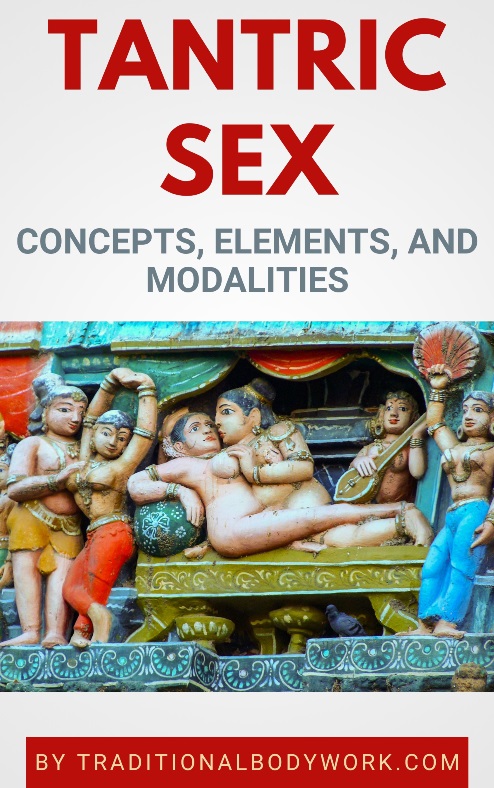
Nevertheless, most people have a binary gender identity, that is, they feel either male/man/boy or female/woman/girl. For other people, their gender identity does not fit into one of those two options, such as for people who are non-binary or genderqueer.
Some people feel neither man nor woman, or they feel both at the same time, or maybe the whole gender-concept doesn’t mean anything to them, for instance.
Gender identity is not related to a specific sexual orientation. For instance, some individuals who feel man may be sexually attracted to women, to men, to both, to those who don’t associate themselves with a specific gender definition, or to all genders, and so on.
Neither is a specific gender identity directly related to femininity or masculinity. For instance, a person who feels woman may predominantly have masculine characteristics. Yet, another woman may express typical feminine characteristics.
In addition, biological sex characteristics likewise don’t define one’s gender identity. One can have male sex organs and still feel a woman, or perhaps neither woman nor man.
Femininity and Masculinity
The terms femininity and masculinity stand for certain human traits, where masculine would be associated with characteristics like being dominant, strong, rational, independent, assertive, courageous, innovative, and feminine with characteristics like being emotional, nurturing, collaborative, caring, vulnerable, submissive, and humble.

The above is just a selection of characteristics or traits that define being or appearing masculine or feminine, but it serves well to understand that they actually have little to do with the gender binary notion of being a “man” or being a “woman.”
For instance, women can have “masculine” characteristics such as being dominant, assertive, strong, and so on, and men can have “feminine” characteristics such as being emotional, vulnerable, and caring.
Hence, it’s obvious that the terms masculine and feminine are only “grouping classifiers” for certain types of human characteristics or traits. These traits are often seen as being opposed to each other, like rational versus emotional, dominant versus submissive, independent versus collaborative, and so on.
At any rate, in the end, each individual human being eventually expresses or perhaps even innately is a certain mix of both masculine and feminine traits. Gender identity, sexual orientation, or biological sex characteristics have basically nothing whatsoever to do with being or appearing masculine or feminine.
In conclusion
A clear understanding of what the terms sex characteristics, gender identity, sexual orientation, masculinity and femininity stand for can help us to better understand what sexual diversity entails and how it comes about.
What’s more, sexual diversity is an absolute key feature of the LGBTQ+ community. In fact, it’s the random and individual combination of different sex characteristics, gender identity, sexual orientation, masculinity and femininity in each unique person that make for an incredibly diverse LGBTQ+ world.





